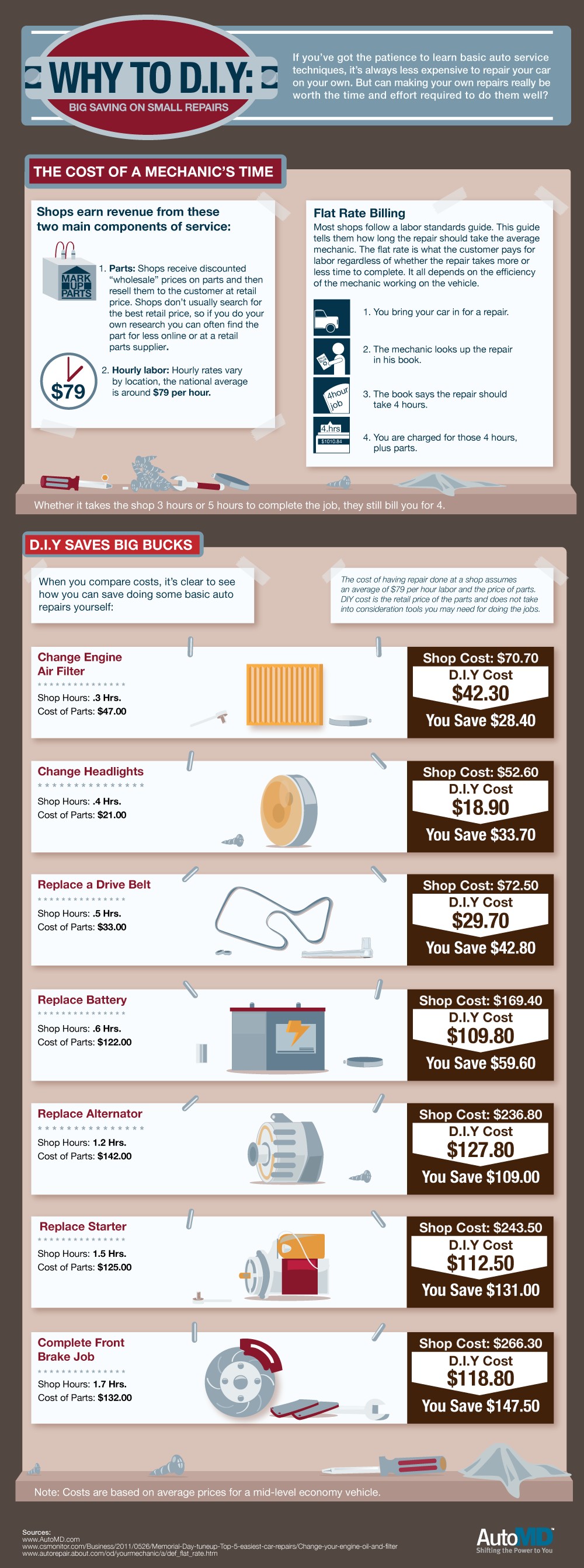Curious Concerning Those Dashboard Caution Lights In Your Auto? Discover What They Mean For Your Lorry'S Health And Wellness
Curious Concerning Those Dashboard Caution Lights In Your Auto? Discover What They Mean For Your Lorry'S Health And Wellness
Blog Article
car mobile detailing -Vinson Gilbert
When you're behind the wheel, those glowing caution lights on your dashboard can be a little bit difficult. Do you know what they're trying to inform you concerning your cars and truck's wellness? Recognizing the importance of these lights is important for your security and the long life of your car. So, the following time among those lights appears, wouldn't you wish to analyze its message properly and take the essential actions to resolve it?
Common Caution Lighting and Interpretations
Recognize typical warning lights in your auto and understand their significances to guarantee risk-free driving.
The most typical caution lights include the check engine light, which signifies problems with the engine or exhausts system. If this light begins, it's essential to have your car checked promptly.
The oil pressure alerting light suggests reduced oil pressure, calling for instant interest to stop engine damages.
A blinking battery light could recommend a damaged billing system, possibly leaving you stranded if not addressed.
The tire stress tracking system (TPMS) light alerts you to reduced tire stress, impacting vehicle security and gas effectiveness. Neglecting this could lead to dangerous driving problems.
The abdominal light indicates a problem with the anti-lock stopping system, endangering your capacity to stop promptly in emergency situations.
Lastly, the coolant temperature level advising light warns of engine getting too hot, which can result in severe damages if not dealt with swiftly.
Comprehending these typical warning lights will help you deal with concerns quickly and keep safe driving problems.
Value of Prompt Focus
Understanding the typical caution lights in your auto is just the primary step; the significance of without delay resolving these cautions can't be highlighted enough to ensure your safety on the road.
When a caution light brightens on your control panel, it's your cars and truck's way of communicating a potential problem that requires focus. Overlooking these cautions can bring about more serious problems later on, compromising your security and potentially costing you much more out of commission.
Motivate attention to advising lights can stop breakdowns and crashes. For example, a blinking check engine light can indicate a misfire that, if left neglected, might trigger damages to the catalytic converter. Resolving this immediately can conserve you from a costly repair service.
Likewise, a brake system warning light may signal low brake fluid or used brake pads, essential elements for your safety when driving.
Do It Yourself Troubleshooting Tips
If you observe a caution light on your dashboard, there are a few DIY troubleshooting tips you can try before looking for professional help.
The primary step is to consult your auto's manual to understand what the details warning light indicates. Sometimes the issue can be as basic as a loose gas cap triggering the check engine light. Tightening up the gas cap may fix the problem.
https://www.repairerdrivennews.com/2022/02/09/allstate-looks-to-mitigate-repair-costs-through-agreements-expects-little-pushback-on-auto-insurance-rate-increases/ is a reduced battery, which can set off numerous cautioning lights. Checking the battery connections for deterioration and guaranteeing they're safe and secure may take care of the trouble.
If a caution light lingers, you can try resetting it by disconnecting the cars and truck's battery for a few mins and after that reconnecting it. Furthermore, inspecting your automobile's fluid levels, such as oil, coolant, and brake fluid, can assist fix advising lights connected to these systems.
Conclusion
In conclusion, comprehending your auto's warning lights is necessary for keeping your automobile running smoothly and safely. By promptly resolving these notifies and knowing what they imply, you can avoid costly repair services and possible malfunctions.
Remember to consult your vehicle's handbook for certain details on each cautioning light and take action as necessary to guarantee a trouble-free driving experience.
Remain informed, remain risk-free on the road!
